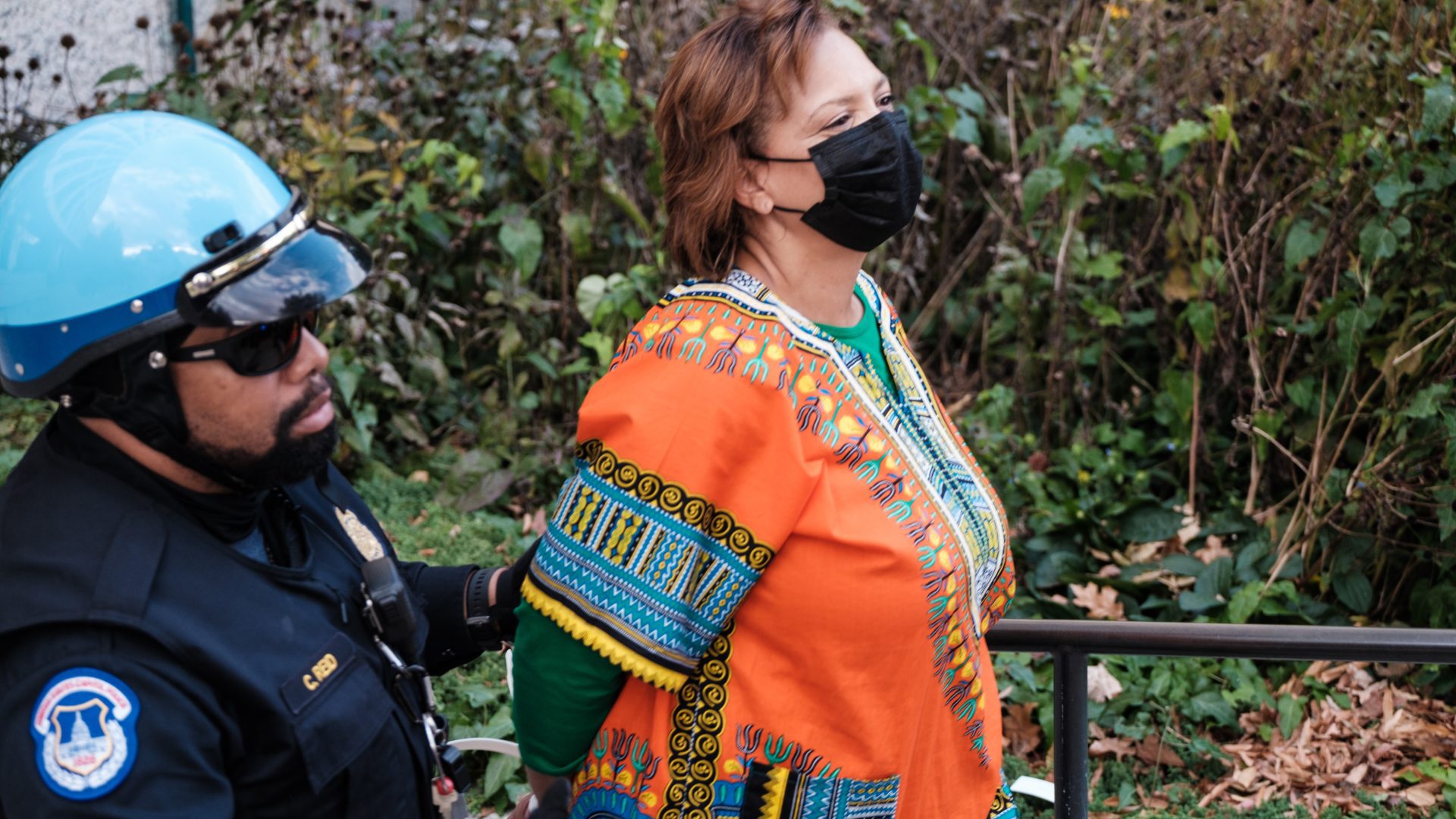As temperatures rise and outdoor activities increase, medical experts are warning about a surge in dangerous bug bites and stings. While most encounters with insects result in minor irritation, some seemingly harmless bites can turn deadly without proper identification and treatment.
8 dangerous bugs you need to watch out for
1. Black widow spiders pose a serious threat with their potent venom. Their bites initially might feel like a pinprick but can quickly escalate to severe muscle cramps, intense pain, and in rare cases, life-threatening complications. These sleek, black spiders with distinctive red hourglass markings often hide in dark, quiet corners of gardens and garages.
2. Brown recluse spiders deliver bites that may seem minor at first but can develop into severe wounds. The bite area might become dark and crusty, surrounded by a pale ring and reddened outer area. In some cases, these bites can lead to kidney failure if left untreated. These spiders prefer undisturbed areas like woodpiles and cluttered storage spaces.
3. Fire ants attack in groups, delivering multiple painful stings that feel like burning matches pressed against your skin. Within hours, these stings develop into distinctive white blisters that can become infected if scratched. These aggressive insects often build mounds in sunny areas and will swarm when disturbed.
4. Mosquitoes may seem merely annoying, but their bites can transmit serious diseases. The raised, itchy welts they leave behind can become infected from scratching, and some people experience severe allergic reactions. Standing water and dawn/dusk hours are prime times for mosquito activity.
5. Ticks present a growing concern as carriers of various diseases, including Lyme disease. These tiny arachnids attach themselves to skin and can go unnoticed for days. A bull’s-eye rash around the bite site is a red flag that requires immediate medical attention. Ticks thrive in wooded areas and tall grass.
6. Bedbugs have made a dramatic comeback in recent years. Their bites typically appear in lines or clusters, creating itchy welts that can cause severe allergic reactions in some people. These nocturnal pests hide in mattresses, furniture, and even wall cracks.
7. Fleas target lower extremities, leaving clusters of small, intensely itchy bites. While their bites rarely cause serious medical issues, they can trigger severe allergic reactions and transmit diseases in some cases. Pets often bring these unwanted visitors into homes.
8. Hornets and wasps deliver some of the most painful stings in North America. Multiple stings can cause severe reactions even in non-allergic individuals, and for those with allergies, a single sting can be life-threatening. These insects often build nests near human habitations.
Warning signs you shouldn’t ignore
Medical experts emphasize watching for certain symptoms that require immediate attention. Difficulty breathing, widespread swelling, severe pain, or spreading redness around the bite site should prompt an immediate call to emergency services.
The right way to treat bug bites at home
For most bug bites, proper home treatment can prevent complications. Start by cleaning the area thoroughly with soap and water. Apply cold compresses to reduce swelling and pain. For itching relief, experts recommend creating a simple paste using baking soda and water.
When to seek medical attention
While many bug bites heal on their own, certain symptoms warrant professional medical care. Watch for signs of infection such as increasing redness, warmth, or swelling around the bite site. Any flu-like symptoms following a bite should also prompt a visit to your healthcare provider.
Prevention strategies that actually work
Protecting yourself from bug bites starts with smart prevention. Wear light-colored, long-sleeved clothing when spending time outdoors. Apply EPA-registered insect repellents containing DEET to exposed skin. Keep your yard maintained by removing standing water and keeping grass trimmed.
Special considerations for children and pets
Children and pets require extra protection from bug bites. Use age-appropriate insect repellents on children, and never apply repellents to their hands or face. For pets, consult with veterinarians about appropriate flea and tick prevention methods.
The shocking truth about bug bite myths
Common misconceptions about bug bites can lead to improper treatment. Contrary to popular belief, applying heat to bug bites typically worsens inflammation. Similarly, using nail polish or butter on stings doesn’t help and may increase infection risk.
Looking ahead: Seasonal risks and preparation
As seasons change, different insects become more active. Understanding these patterns helps in preparing appropriate prevention strategies. Spring and summer typically see increased activity from most biting and stinging insects, while fall brings particular concerns about spiders seeking winter shelter.

















